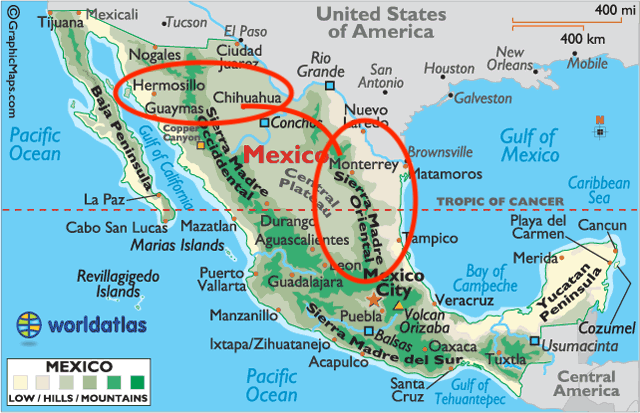
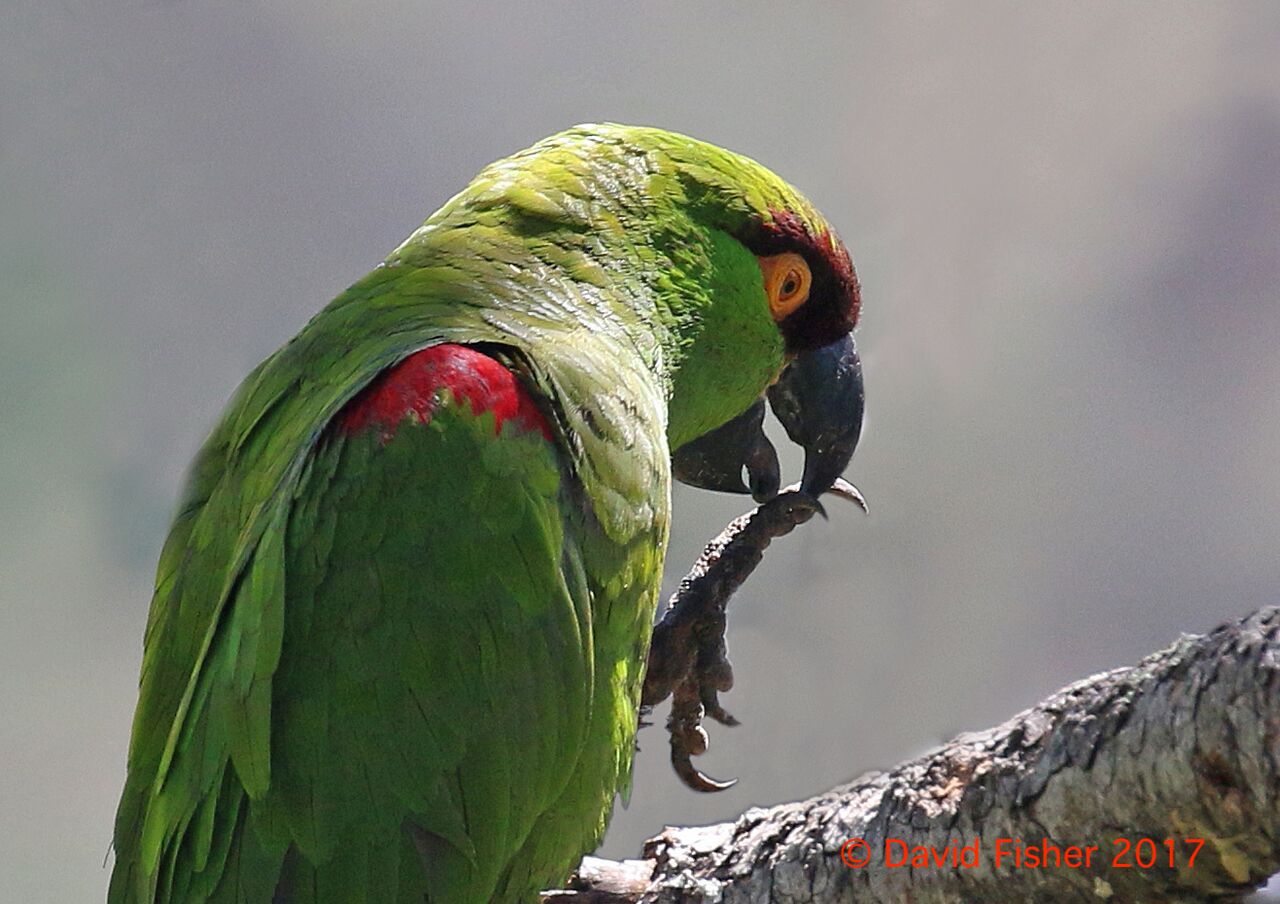
Maroon-fronted Parrot
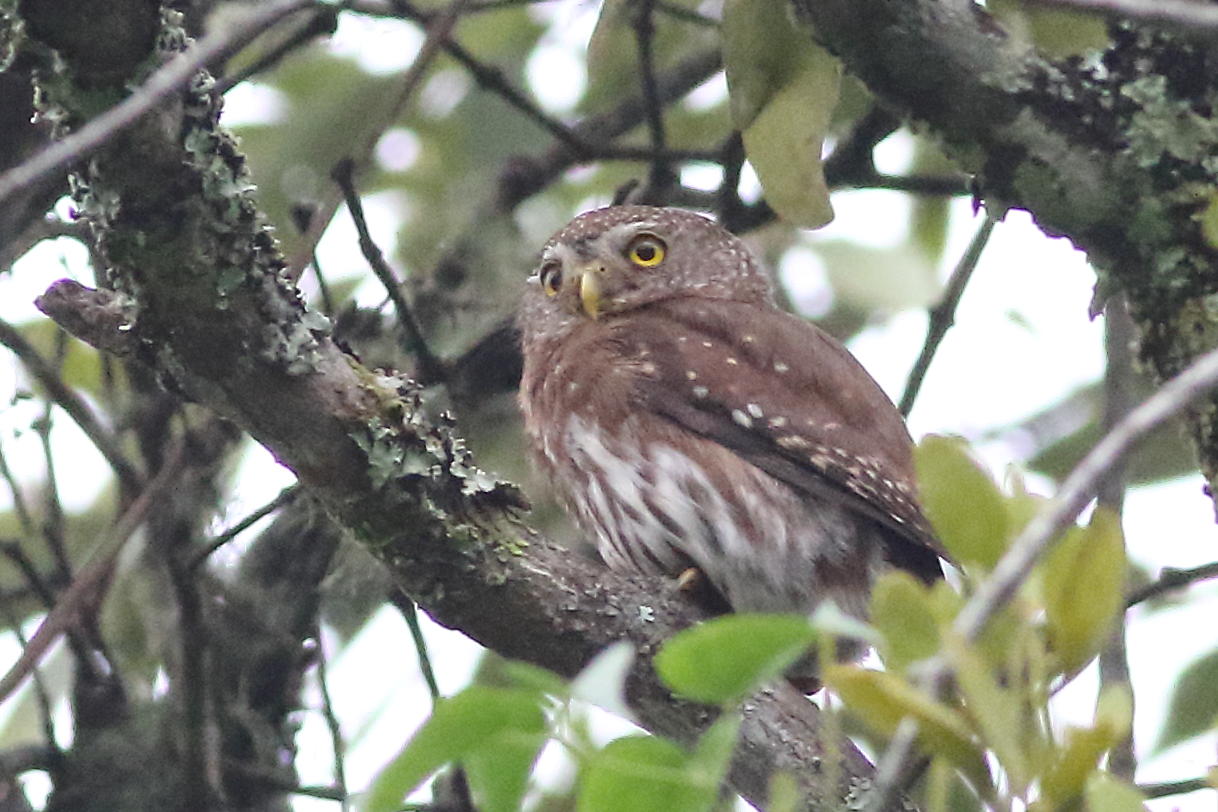
Tamaulipas Pygmy-Owl (@Mark Hoffman 2019)
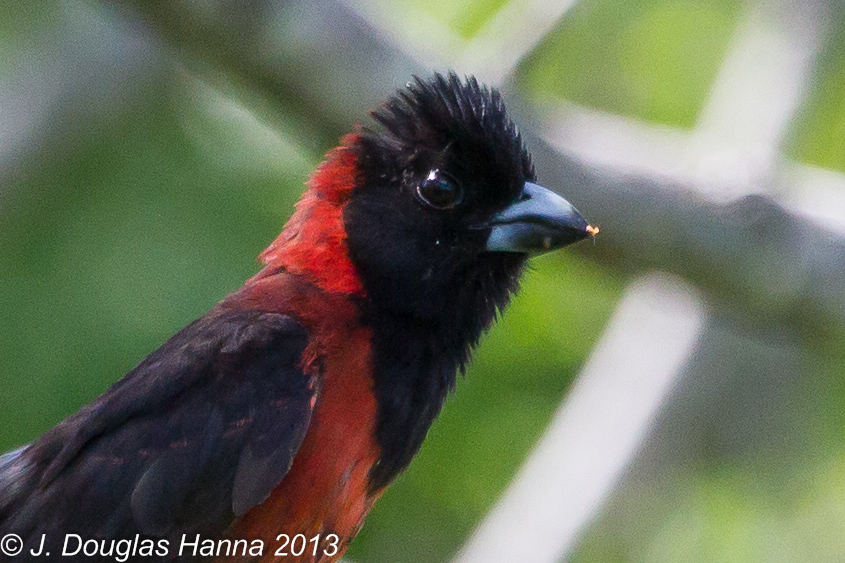
Crimson-collared Grosbeak
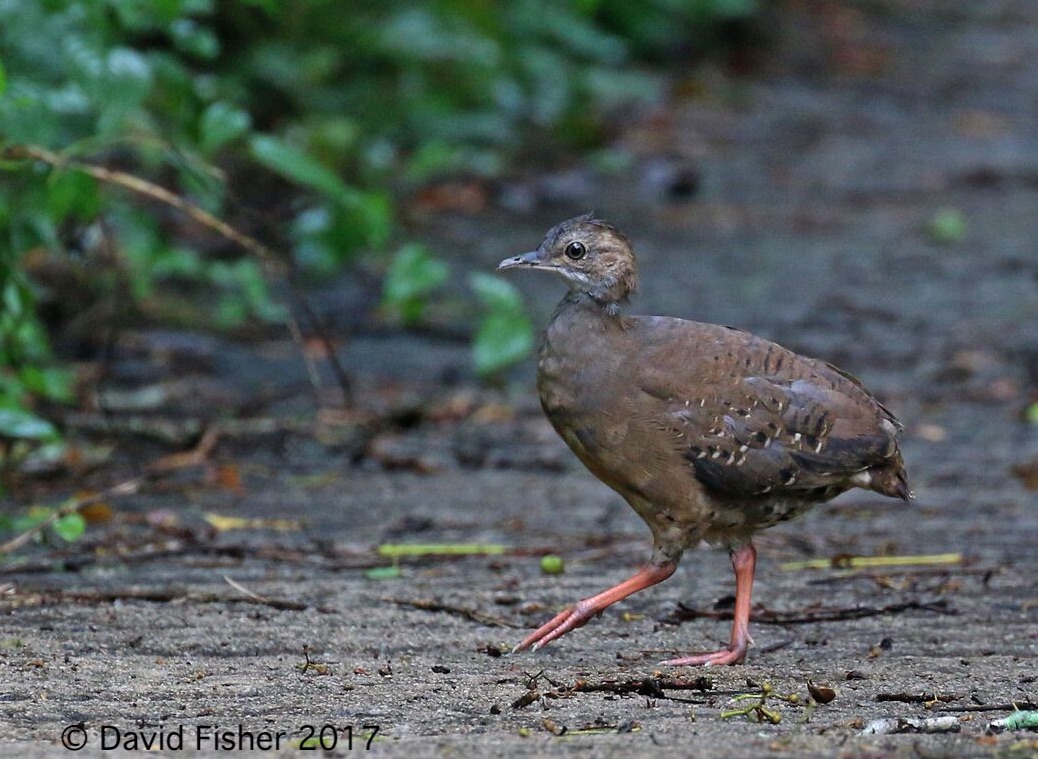
Thicket Tinamou (T. c. mexicanus)
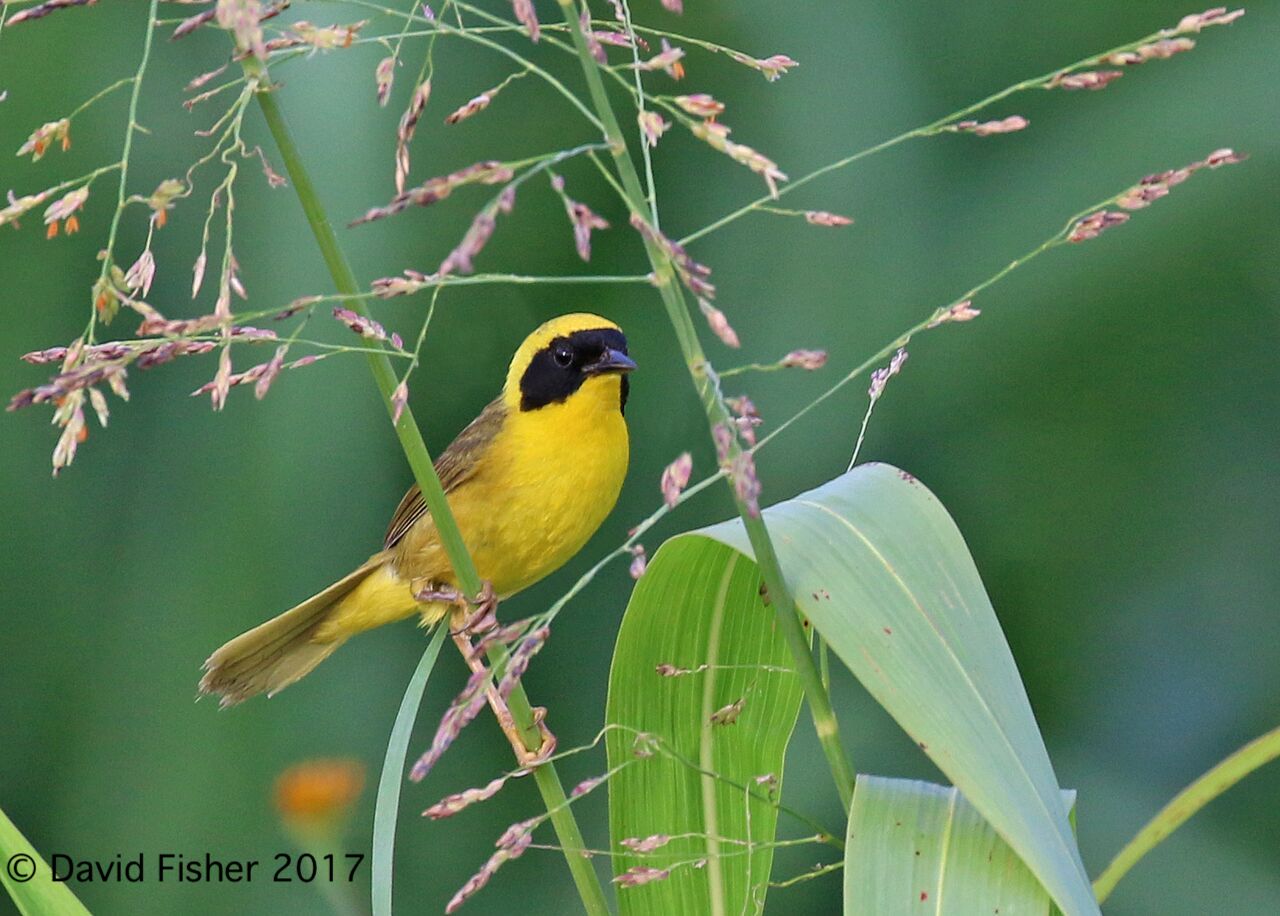
Altamira Yellowthroat
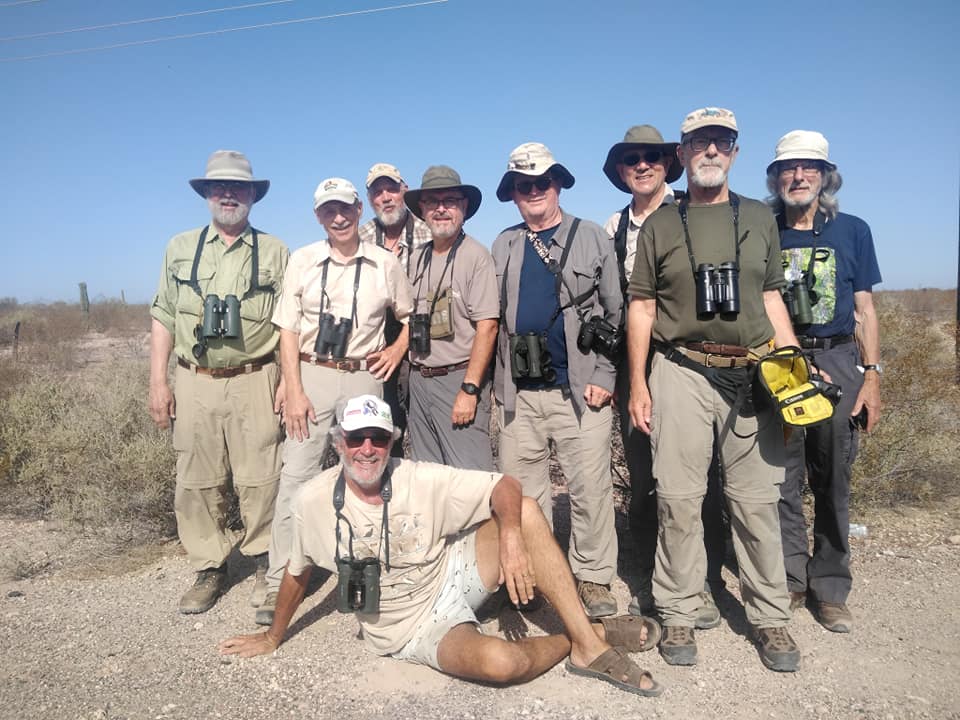
Northeast Mexico & Chihuahua State
Two international airports serve this region, and both must be included in a comprehensive visit – Monterrey, Nuevo Leon and Chihuahua City, Chihuahua. An open jaw flight that arrives at one airport and departs from the other is ideal for this route. Additionally the international airport at Hermosillo, Sonora extends the reach of the birding if additional days are available.
Endemic MUST-SEE BIRDS of this region include: THICK-BILLED PARROT, MAROON-FRONTED PARROT, RED-CROWNED PARROT, GREEN PARAKEET, TAMAULIPAS PYGMY-OWL, TAWNY-COLLARED NIGHTJAR, EARED QUETZAL, BRONZE-WINGED WOODPECKER, BLUE-CAPPED MOTMOT, TAMAULIPAS CROW, ATLAMIRA YELLOWTHROAT, WORTHEN’S SPARROW, & CRIMSON-COLLARED GROSBEAK. Other non-endemic birds of interest best seen in Mexico within this broad region include: Thicket Tinamou (T. c. mexicanus), Montezuma Quail, Sungrebe, Mountain Pygmy-Owl, Flammulated Owl, Military Macaw, Yellow-headed Parrot, Lucifer Hummingbird, Gray-collared Becard, Long-billed Thrasher, Black-crested Titmouse, Audubon’s Warbler (S. c. nigrifrons), Colima Warbler, Townsend’s Solitaire, Cassin’s and Botteri’s sparrows and Hooded Grosbeak.
Additionally, this region is of great interest, though not recommended for first-time visitors, between late fall and early spring when birds from the USA drift into Mexico for a few weeks or months. Some of these uncommon birds include Ross’s Goose, Tundra Swan, Sandhill Crane, Ferruginous Hawk, Mountain Plover, American Woodcock, Glaucous, Iceland (L. g. thayeri) and Great Black-backed gulls, Prairie Falcon, Winter Wren, Spraque’s Pipit, Mountain Bluebird, Field, Brewer’s (S. b. taverneri) Fox, White-throated, Golden-crowned, Harris’s, LeConte’s, Seaside, Nelson’s, Baird’s, and Swamp sparrows, Rusty Blackbird, and Common Grackle.
There are two strategies for birding this region: [1] visit during the early June to early August breeding season to bird across a broad arc that includes Northeast Mexico and Chihuahua State; and [2] bird the region during the winter months concentrating on Northeast Mexico, the Saltillo grasslands and the north gulf coast. For one’s first visit to the region the second option is much less desirable as few of the endemics will be located with certainty as they disappear from known breeding sites to wander about the inaccessible canyons of Mexico’s formidable sierra madre mountain ranges. If time allows adding the Pacific slope to either begin or end in Hermosillo would be a valuable addition.
Within the easternmost section of the region extended birding is required in parts of the states of Nuevo Leon, Coahuila, San Luis Potosi, and Tamaulipas:
1. Saltillo – native grasslands and western Sierra Madre Oriental
2. Linares– Tamaulipan scrub forest
3. El Cielo and El Naranjo – access to the Sierra Madre Oriental
4. Tampico – freshwater wetlands and estuary system
5. Laguna Madre system – coastal dunes, tide flats, and salicornia marshes
6. Boca del Rio Bravo – mouth of the Rio Grande River [Mexico side]
Within the Western section of the region extended birding is required in the states of Chihuahua and Sonora:
1. Madera – summit of the Sierra Madre Occidental
2. Yecora, Sonora – mid-elevationPacific slope of the Sierra Madre Occidental
3. Bahio Kino – seabirds breed commonly in the Gulf of California
Birding trips in this region will average between six and sixteen days depending on the breadth of areas covered, and the season of the year. The northern arc is not easily visited in conjunction with other regions of Mexico because the summer months, though the ideal time for this northernmost region, are not particularly good further south. In addition, if covering the entire region, distances are great between the six main birding areas – 1) the gulf coastal plain, 2) the Sierra Madre Oriental, 3) the Satillo Grasslands, 4) Madera, the Chihuahuan high plateau, 5) the Sierra Madre Occidental, and 6) the Pacific coastal plain/Sonoran desert. [Chihuahua & Sonora adds THICK-BILLED PARROT, AZTEC THRUSH (50%), Yellow-footed Gull, Craverii’s Murrelet, Five-striped and Rufous-winged sparrows, Ridgway’s Rail, Black-capped Gnatcatcher, & Gray-collared Becard (western form).

Saltillo Grasslands – Five Nesting Sparrows
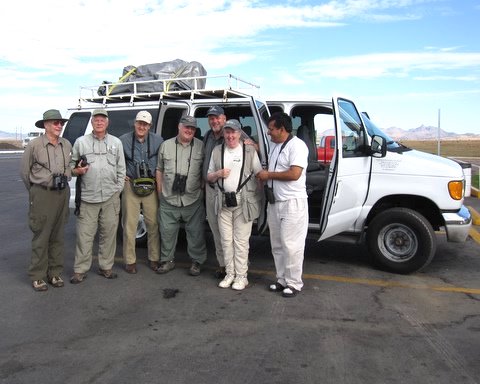
Small Groups – Spacious Vehicles
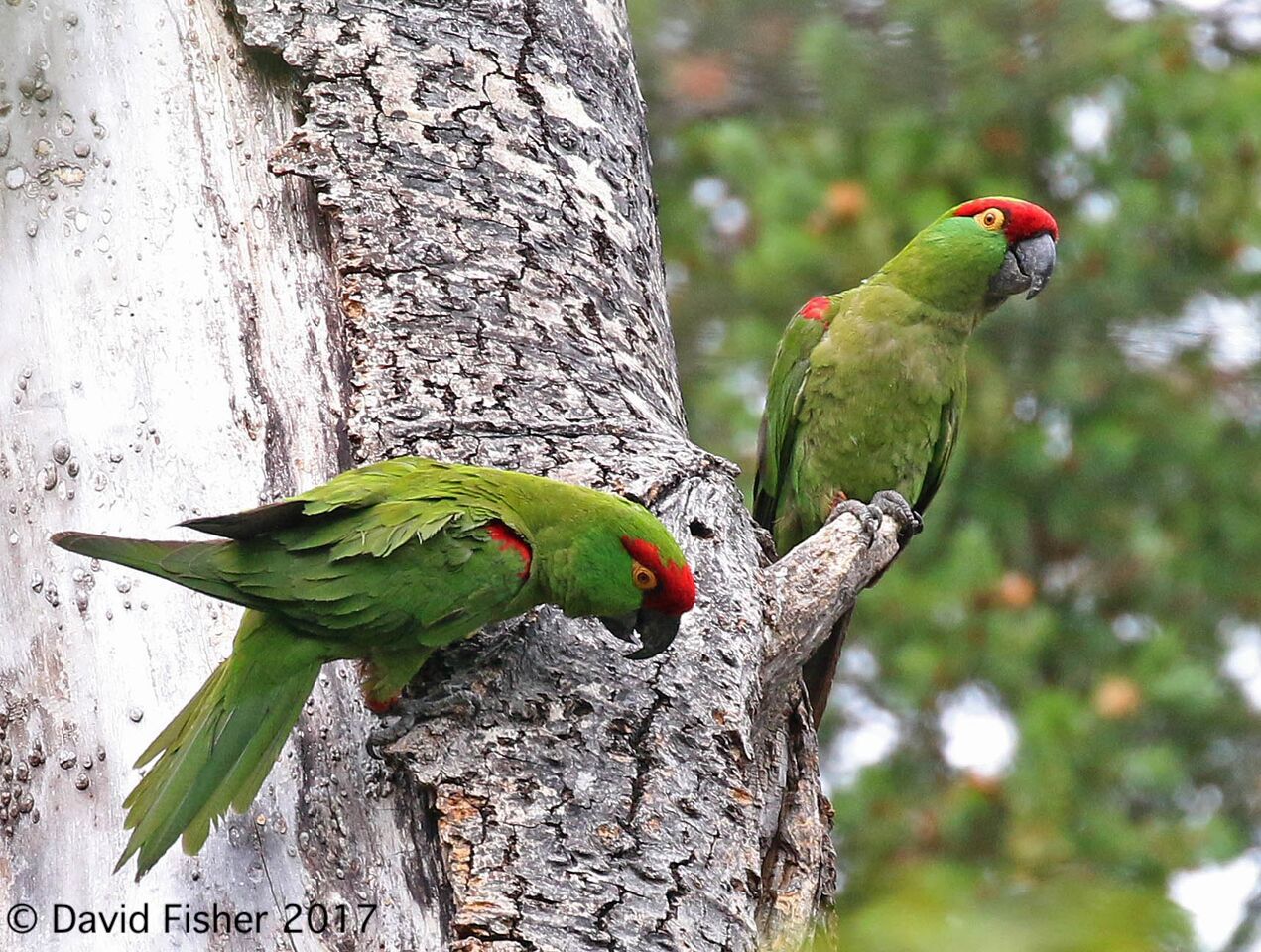
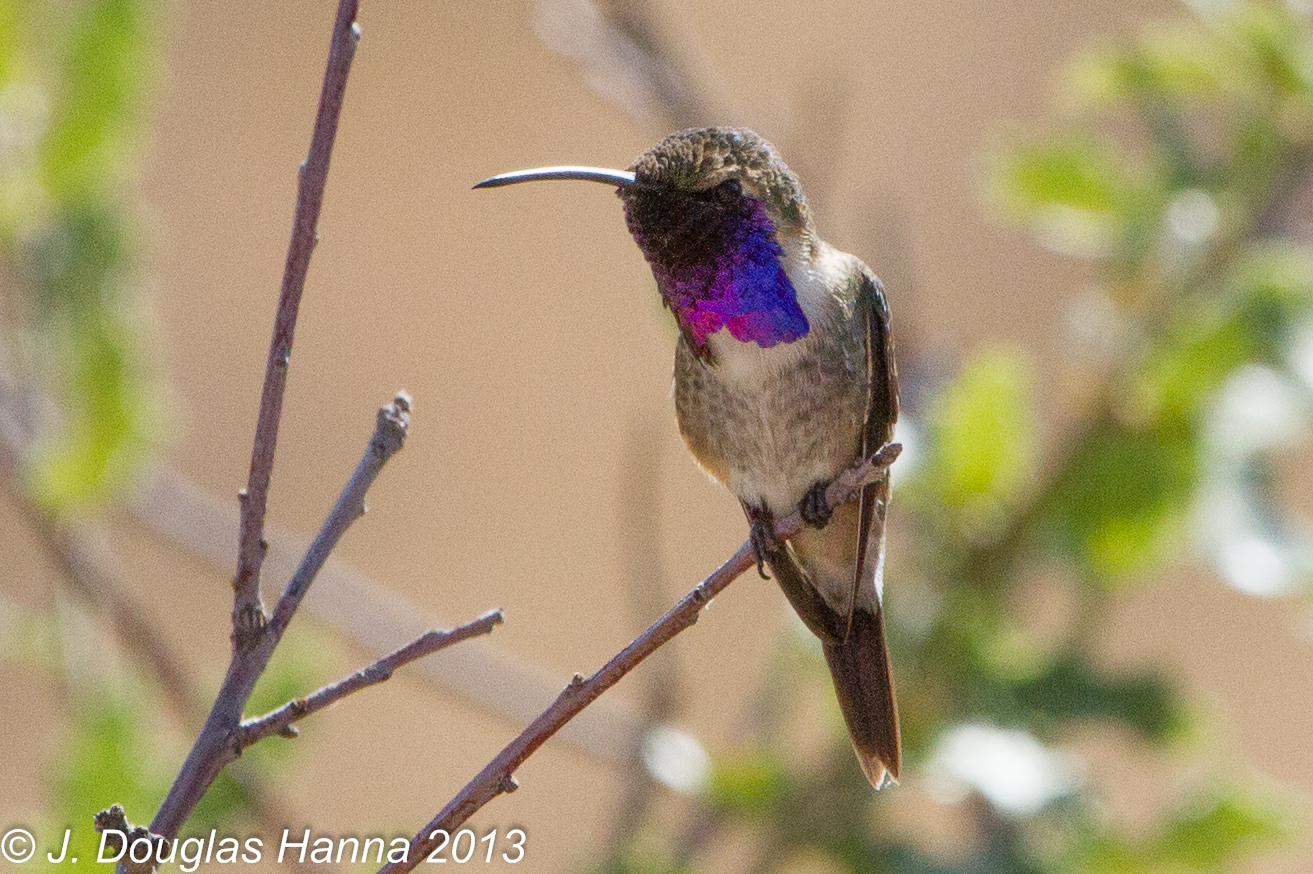
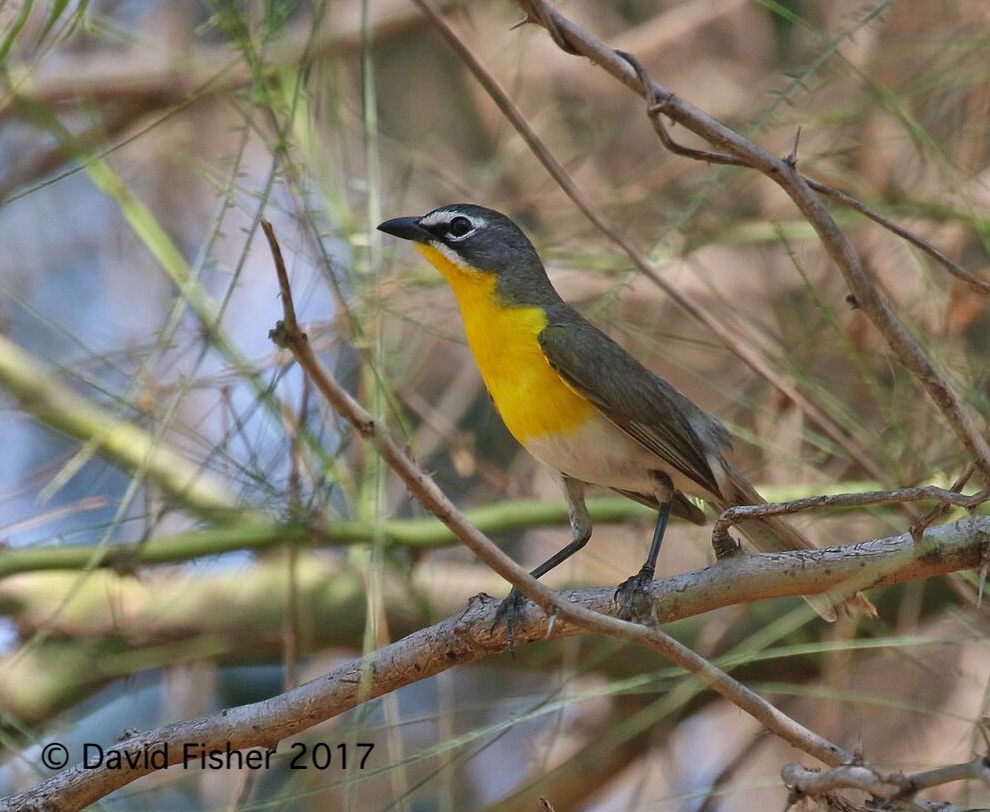
Thick-billed Parrot, Chihuahua
Lucifer Hummingbird
Yellow-breasted Chat
THE UNTAMED COUNTRYSIDE – LIMITLESS CANYONS AND VAST DESERT PLAINS
NORTHERN MEXICO’S SUMMER ENDEMICS
This ‘Must-Do’ route targets a swath of Mexico’s birds known more from myth and lore than from birder’s life-lists; Thicket Tinamou, Montezuma Quail, Thick-billed and Maroon-fronted parrots, Yellow-headed and Red-crowned amazons, Blue-capped Motmot, Eared Quetzal, Flammulated Owl, Tamaulipas Pygmy-Owl, Tawny-collared Nightjar, Bronze-winged Woodpecker, Gray-collared Becard, Aztec Thrush, Colima Warbler, Altamira Yellowthroat, Crimson-collared Grosbeak, and Worthen’s Sparrow.
JUNE 03rd – 18th, 2023 (Limited Space)
EARLY-TO-MID JUNE, 2024 (Spaces Available)
